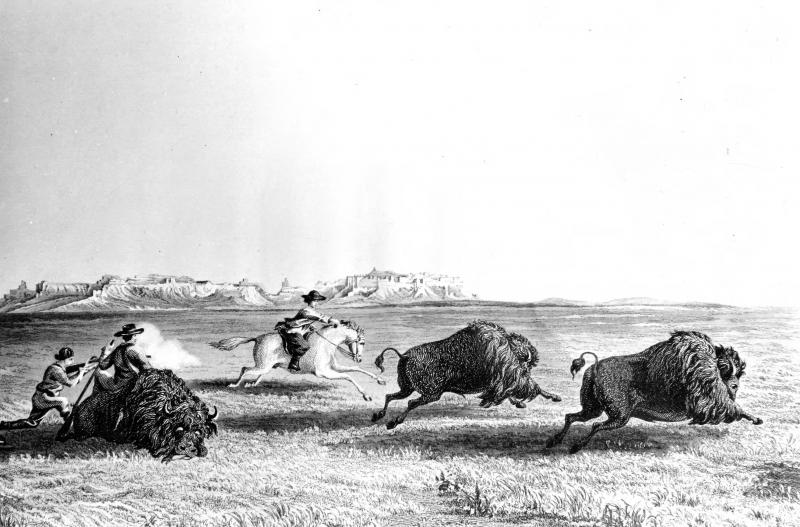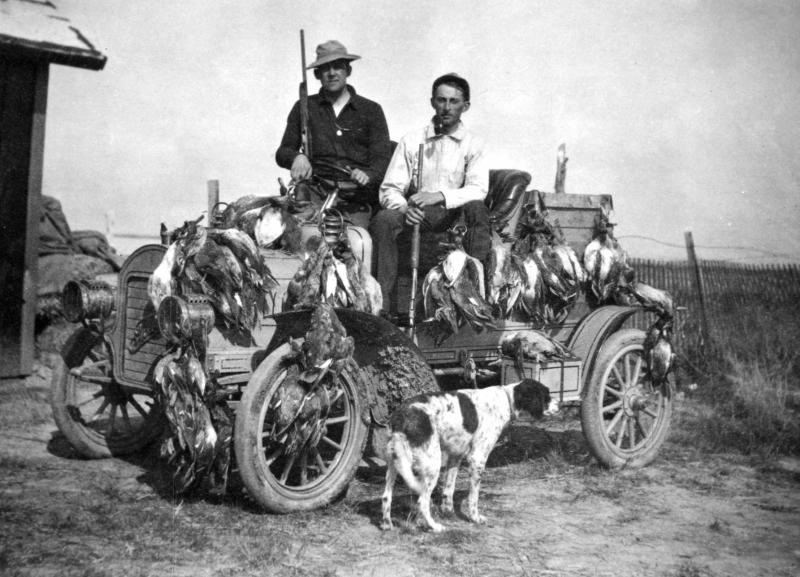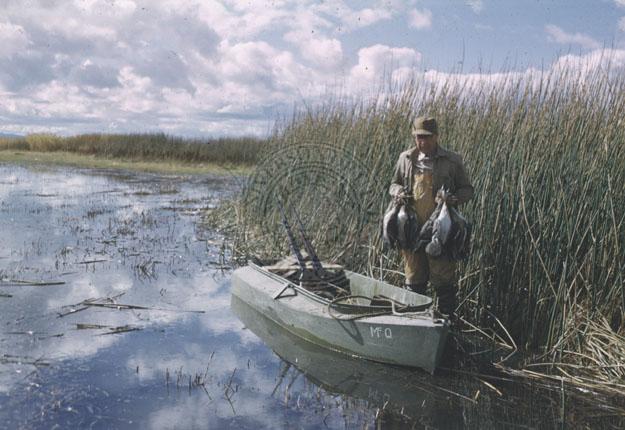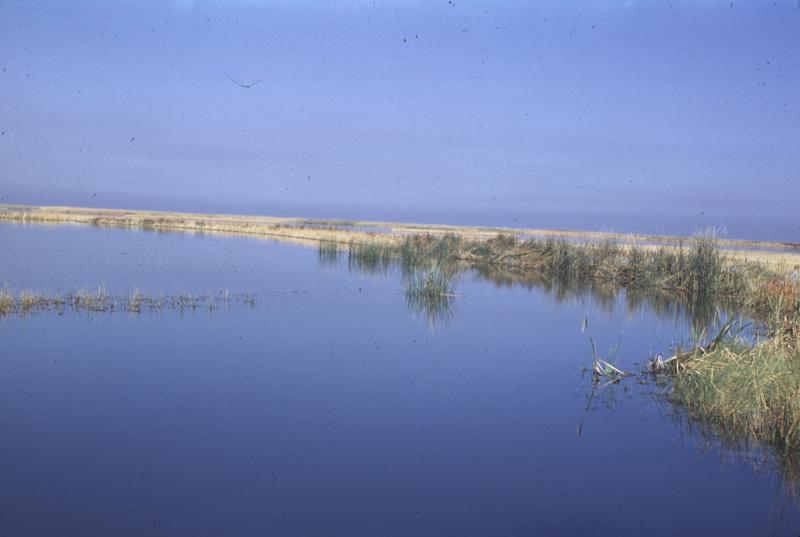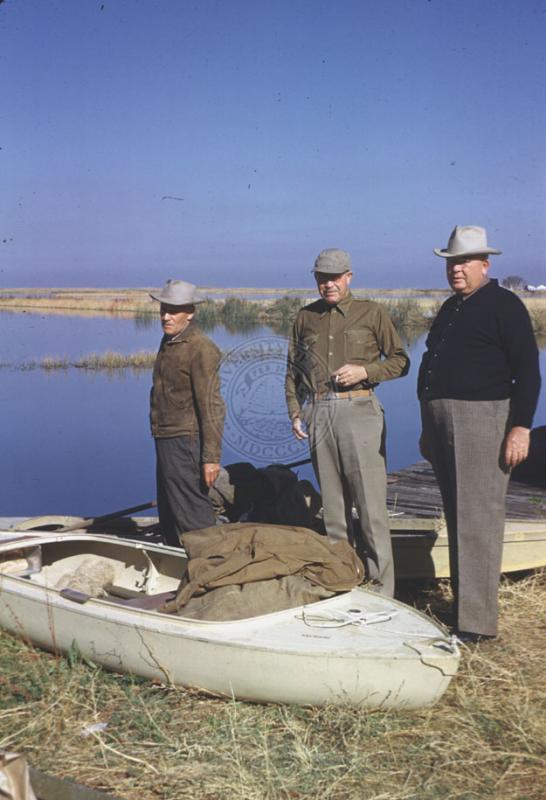Hunting
Hunters have been drawn to the shores of the Great Salt Lake since time-out-of-memory. While each part of the Lake and its region support unique communities of life, hunter interest has been most intense between the well-watered western slopes of the Wasatch Plateau and the wetland marsh environments on the eastern side of the Lake. Today there are 27 private hunting clubs, seven state waterfowl management areas, and a large federal bird sanctuary, Bear River Migratory Bird Refuge.
Click here for the full oral history with Terry Tempest Williams
Terry Tempest Williams was born in California and raised in Salt Lake. In this interview, she talks about her family’s history in Utah and growing up near the Great Salt Lake. She also talks about developing an interest in nature at an early age. She discusses her education, her mentors, and her time as a student at the University of Utah. She talks about her work with the Utah Museum of Natural History and her career as an educator. Terry goes on to talks describe the process of writing her book Refuge. She also discusses her involvement with the University of Utah’s Environmental Studies Program. Finally, Terry describes some of her favorite places and memories of the Great Salt Lake.
Duck hunting. Scene on the Bear River Migratory Bird Refuge. More than 200 species of shore birds have been identified, including 28 species of ducks, 7 of geese, and also many types of rare and exotic birds including the snowy egret and sand hill crane. From Classified Photo Collection, Copyright Utah State Historical Society.
Click here for the full oral history with Don Paul
Don Paul was born in Cedar City, Utah. He was raised in Clearfield and graduated from Weber State University. He later worked as a conservation officer for the Utah Division of Wildlife Resources, and then as an information specialist. He also worked on a television program called “Utah Trails” and participated in writing a book on raptors in Utah. Don was the first non-game manager in Utah for the DWR and was the principal biologist for the reintroduction of Peregrines to northern Utah. He then became Chief of the Information Education Section before becoming a wildlife biologist for the Great Salt Lake. Don also became the first avian biologist with the Great Salt Lake Ecosystem Project. In this interview, Don talks about his formative years and his parents’ influence on his love of the outdoors. He also talks about his first experiences exploring the Great Salt Lake. He discusses his education, which led him to a career as a biologist. He also discusses the Great Salt Lake’s ecological diversity, complexity, and importance, and compares it with other similar ecosystems in the world. Mr. Paul goes on to discusses the changes he has seen to the Great Salt Lake, as well as challenges to its ecosystem. He also describes his work with the Linking Communities Program.
"Man with his day's catch" Photo shows a man with his daily take of ducks at a duck pond connected to the Great Salt Lake in 1951, during a duck hunting trip by S. J. Quinney. From the S.J. Quinney Photograph Collection, Marriott Digital Library.
Photo shows a view of duck ponds connected to the Great Salt Lake in 1951, during a duck hunting trip by S. J. Quinney. From the S.J. Quinney Photograph Collection, Marriott Digital Library.


